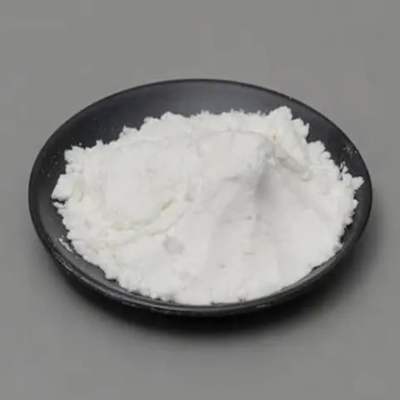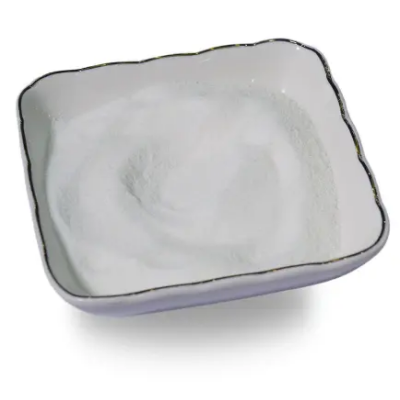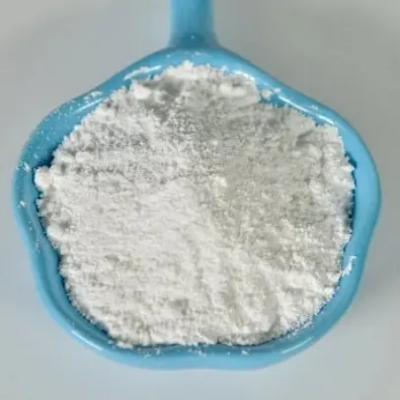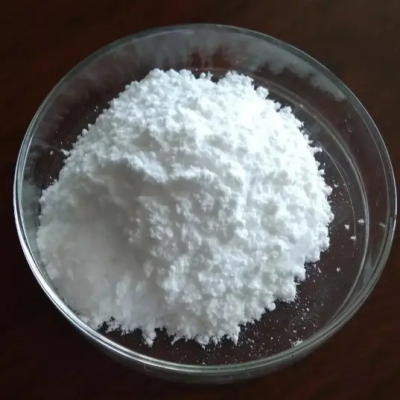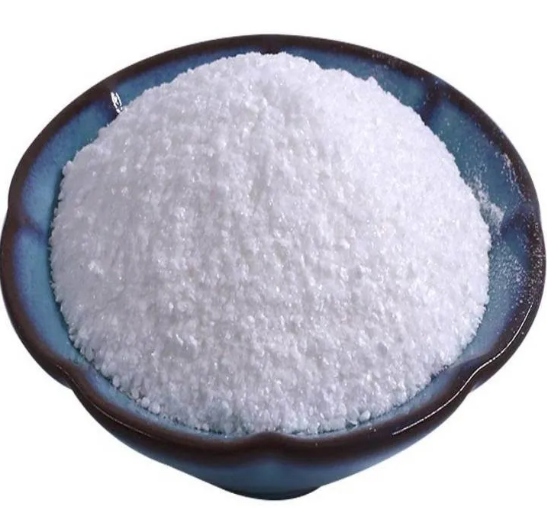5-CHLOROTHIOPHENE-2-CARBOXYLIC ACID CAS:24065-33-6
The synthesis of 5-Chlorothiophene-2-carboxylic Acid involves intricate organic reactions utilizing commercially available starting materials. Initial steps include functionalization reactions to introduce the chloro substituent onto the thiophene ring, followed by carboxylation at position 2. The process requires precise control over reaction conditions to achieve high yield and purity. Synthetic Routes Synthesis begins with the chlorination of thiophene, followed by carboxylation at the desired position. Specific reagents and conditions are employed to ensure regioselectivity and functional group compatibility, leading to the formation of the final product. Chemical Properties and Reactivity The unique molecular structure of 5-Chlorothiophene-2-carboxylic Acid confers distinct chemical properties, influencing its reactivity and potential interactions with biological targets. Understanding its behavior is crucial for exploring its medicinal chemistry applications and optimizing its biological activity. Biological and Pharmacological Significance This compound holds promise in pharmacology due to its potential as a scaffold for designing molecules targeting specific biological receptors or enzymes. Investigating its interactions with biological systems is essential for evaluating its pharmacological profile and developing new therapeutic agents. Applications in Medicinal Chemistry As an intermediate, 5-Chlorothiophene-2-carboxylic Acid facilitates the synthesis of derivatives with tailored properties. Modifications around the thiophene core and carboxylic acid moiety can influence bioactivity, solubility, and metabolic stability, essential considerations in drug design. Conclusion 5-Chlorothiophene-2-carboxylic Acid is a significant compound in medicinal chemistry and organic synthesis, characterized by its structural complexity and potential biological activities. Its synthesis pathway and chemical properties provide a basis for further research, highlighting its importance in drug discovery and pharmaceutical innovations. Continued investigation into its reactivity and interactions with biological systems is expected to unveil new therapeutic opportunities, reinforcing its relevance in scientific research and drug development endeavors.



| Composition | C5H3ClO2S |
| Assay | 99% |
| Appearance | white powder |
| CAS No. | 24065-33-6 |
| Packing | Small and bulk |
| Shelf Life | 2 years |
| Storage | Store in cool and dry area |
| Certification | ISO. |


